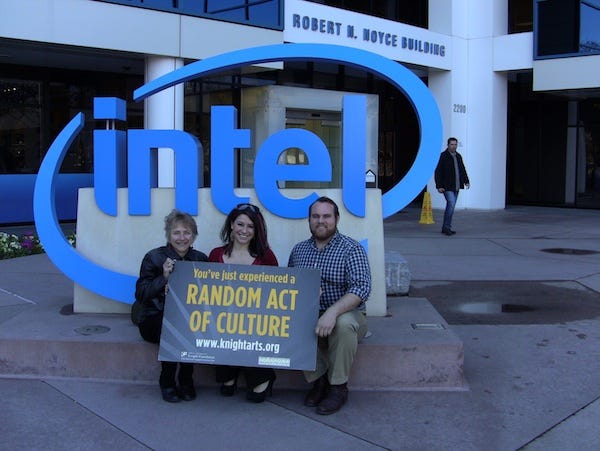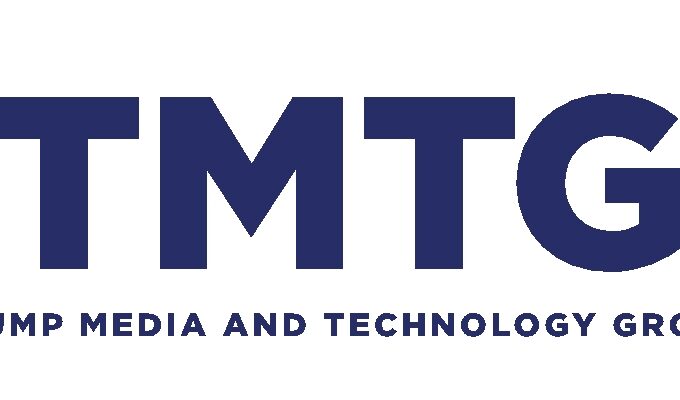Intel’s Toxic Culture
 by Jean-Louis Gassée for his blog at Medium
by Jean-Louis Gassée for his blog at Medium
Who wants to be Intel’s new CEO? The job description should include the impossible task of undoing a company culture that allowed itself to miss the mobile revolution because it thought it couldn’t afford to participate.
Back from a family vacation in Saint-Tropez, I wonder if I shouldn’t someday write a how-to Monday Note on enjoying the magic of the place, Ramatuelle included, where obscene consumption coexists with the refinement and mystery of hidden places in the hills and tortuous trails.
In the midst of the gentle local decadence of the Tropéziens, I was sobered by the news of the sad defenestration of Intel’s CEO Brian Krzanich, ousted for “violation of Intel’s non-fraternization policy”. In plain speech, he had a consensual relationship with another employee. I know nothing of the situation beyond thin media reports, and I’ll leave alone theories that the supposed (and somewhat ancient) breach was a coverup for a Board coup or a performance-related dismissal. But let us take notice of the courtly euphemism chosen to describe the alleged offense, its echo of fraternization with the enemy…
Krzanich’s departure invited renewed discussion of Intel’s performance. From a stock-market perspective, the company is doing well: Intel shares rose by more than 50% (even after the CEO departure) in the past 12 months, against the 25% gained by the NASDAQ index. And, in its hard-to-fathom wisdom, Wall Street seems more optimistic about Intel’s future than Apple’s: Intel’s P/E (Price/Earnings ratio, a measure of market expectations) stands at 22 versus Apple’s 18.
Despite its fine financial fettle, Intel is perceived as a sort of rich loser for having missed the mobile revolution, a signal example of a company left behind according to the sometimes controversial disruption theory.
As it turns out, two literate observers have clarified the theory’s application to Intel.
Ben Thompson, the author of the highly regarded Stratechery newsletter, points to Intel’s toxic fixation on margins [as always, edits and emphasis mine]:
“Intel has spent the last several years propping up its earnings by focusing more and more on the high-end, selling Xeon processors to cloud providers. That approach was certainly good for quarterly earnings, but it meant the company was only deepening the hole it was in with regards to basically everything else. And now, most distressingly of all, the company looks to be on the verge of losing its performance advantage even in high-end applications.”
Steven Sinofsky, former President of Microsoft’s Windows Division and now a partner at the Andreessen Horowitz venture firm, frequently assembles his @sinofsky tweets as Medium blog posts such as this recent one where he dissects many of Intel’s missteps:
“Too often in disruption, us techies focus on the product. In my view, it is almost always the go to market where the actual disruption happens. That is because even when a company might have a product that can enter a “new” market and compete the problem is the new market almost always means less revenue and/or profit so it basically looks like self-destruction. And keep in mind, it isn’t like the company is actually seeing the impact of this new platform in revenue.”
While I agree with these insightful disquisitions, I’d like to offer another perspective:
“There is no technology, no money, only human emotions.”
This is an exaggeration that risks over-psychologizing the discussion, of course, but what I mean is that human emotions drive everything else. Money, or its lack, doesn’t cause a financial collapse, human folly does; the numbers simply follow. We need only refer to humankind’s classics, from Greece and elsewhere, for confirmation.
Our powerful human emotions are bundled into something we call Culture, itself a vague, squishy word that I’ll try to affix handles to in order to take another look at Intel’s trouble.
Culture is a system of permissions to emote, think, say, and do. Culture develops within us in a manner similar to our taste buds: Our gustatory education starts with Mother’s milk and accumulates over time. The trouble with our acquired tastes, particularly in the realm of ideas, is that they drop below our consciousness: Raw data are filtered, judged, and labeled before being passed to our conscious, “rational” processes. Metaphorically, try taking someone raised on cereal and hamburger to a Red Guide restaurant that serves escargots, sweetbreads, tripe, brains…delicacies in one culture, offal in another.
Back to Intel: The official story of the company’s mobile failure is that Steve Jobs, pleased with his x86-for-Macs decision, offered CEO Paul Otellini the opportunity to create the first iPhone’s processor but was rebuffed. Years later, Otellini honorably took responsibility for passing on the iPhone chip, saying he didn’t “see” the size of the opportunity.
Perhaps Otellini truly didn’t believe Apple could sell huge numbers of iPhones — it wasn’t a sure thing at the time. But was there also an unconscious process that blinded him to the iPod’s volumes? More strikingly, why couldn’t Otellini “see” the hundreds of millions of handsets that were being sold by Nokia, RIM/Blackberry, and Windows Mobile licensees? Nokia had sold 265M devices in 2005 and the numbers were climbing rapidly. Not at PC prices, yet, but PC-like unit volumes, nonetheless.
When the iPhone exploded onto the scene in 2007, Intel defended its position by clinging its party line: The company’s well-known manufacturing superiority will triumph. The inherent disadvantages of the x86 architecture — power consumption, unnecessary complexity, no SoC integration, will be overcome and Intel will race to the front of the mobile pack.
Just as old Cultures can no longer “see” their origins, Intel pushed under its consciousness the true source of the x86’s superiority: The margins it commanded through the Windows monopoly. Better manufacturing technology became Intel’s “conscious” explanation, but the truth was that in the PC era, non-Windows microprocessors simply couldn’t compete and had to settle for lower prices. The worst part of the Culture dictate is that Intel believed its own story, at least until it stopped working as interlopers such as TSMC came up with competitive technology. How else to explain their sale of their ARM-centered Xscale to Marvell in 2006?
Sharp-eyed readers will see that my psychologized exploration of Intel’s troubles (some of them, anyway; there are more) is but an alternative description of the x86 maker allowing itself to be disrupted because of its fixation on high margins. This is true. But I believe the emotional, cultural element is just as crucial. We see in other walks of life how annoying facts harden into counterfactual beliefs and paralyze us into inaction. Staying inside our tech world, we’ve seen how Microsoft’s OS licensing culture dismissed Android’s “free and open” model until it was too late. Indulge me and imagine a world where, in 2007, instead of yuk-yucking at Apple’s iPhone price, Microsoft had come out a week before the Android announcement and made their own offer: A free and open Windows Mobile OS.
As Peter Drucker reportedly said: Culture eats strategy for breakfast.
Who wants the job of changing the culture of 50-year-old Intel?
— — — — — — — — —
[50 years ago in France, I joined HP… In upcoming weeks, I’ll start an occasional series of Monday Notes focused on a half-century of adventures in the wonderful world of bits and bytes.]
— JLG@mondaynote.com





